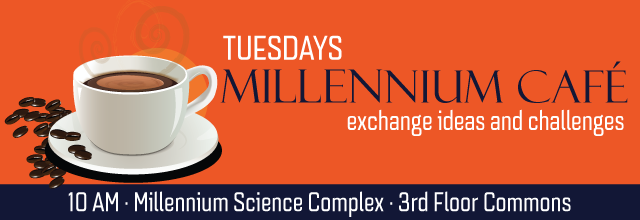Contributing to scholarly presentations, papers, and reports that are published online, in books, in archival journals, in PowerPoint, kept confidential in company archives, given orally at conferences, and shared among our community is foundational to all research activities. Contributions to science come in different flavors and the world is moving more and more towards science as a team sport. As such, this begs the question “how do we appropriately recognize the contributions of all team members?” Authorship and acknowledgements are not handed out based on people’s feelings or the color of the funding, they are earned through actions and contributions and are a formal part of the scientific process. This talk will discuss formal guidelines for co-authorship and acknowledgements that are stated by some of the largest science societies and publishing houses on the planet. There are no gray areas and it is time to formalize our approach to strengthen our science and strengthen our teams.

